Home>Interior Design>How To Organize A Bedroom With Too Much Stuff: 10 Easy Steps
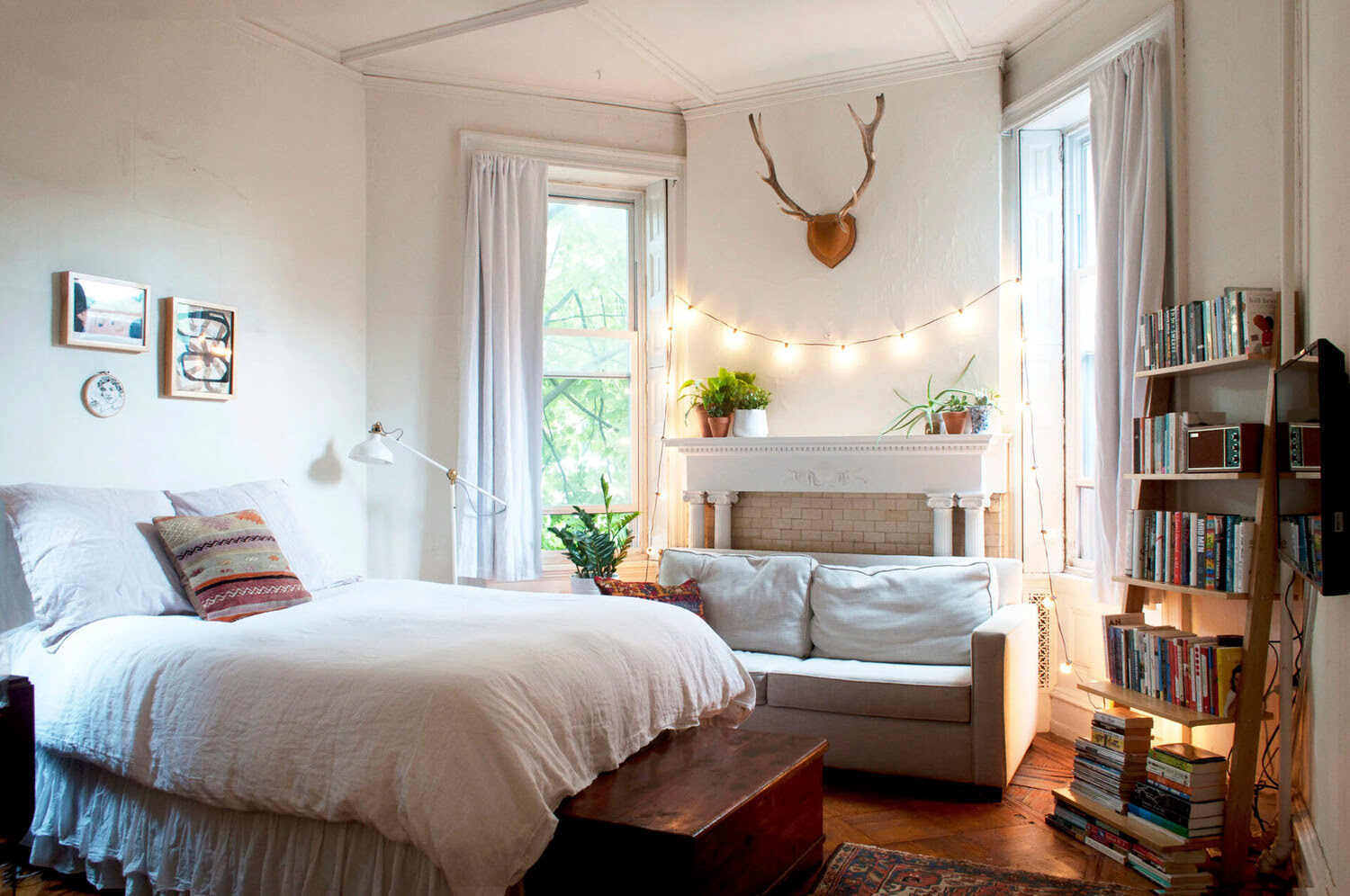

Interior Design
How To Organize A Bedroom With Too Much Stuff: 10 Easy Steps
Modified: October 29, 2024
Learn how to efficiently organize your bedroom with our 10 easy steps. Transform your space with interior design techniques and say goodbye to clutter for good.
(Many of the links in this article redirect to a specific reviewed product. Your purchase of these products through affiliate links helps to generate commission for Storables.com, at no extra cost. Learn more)
Introduction
Having a cluttered and disorganized bedroom can create a sense of chaos and overwhelm in your life. When you have too much stuff and not enough storage space, finding solutions to organize your bedroom can seem like a daunting task. However, with the right approach and a little bit of creativity, you can transform your cluttered bedroom into a space that is calm, organized, and visually appealing.
In this article, we will provide you with 10 easy steps to help you organize your bedroom when you have too much stuff. Whether your bedroom is small or large, these steps can be adapted to suit your needs. By following these tips, you will be able to create a functional and inviting space where you can relax and unwind.
Key Takeaways:
- Transform your cluttered bedroom into a calm, organized, and visually appealing space by following 10 easy steps to declutter, assess belongings, and create effective storage solutions.
- Implement a rotating system, invest in multi-functional furniture, and maintain regular maintenance and evaluation to sustain an organized and clutter-free bedroom for a peaceful and functional sanctuary.
Step 1: Assess your belongings
The first step in organizing a bedroom with too much stuff is to assess your belongings. Take some time to go through all of your items and determine what you truly need and what you can let go of. This is an important step because it sets the foundation for the rest of the organizing process.
Start by sorting your belongings into three categories: keep, donate/sell, and discard. As you go through each item, ask yourself if you have used it in the past year and if it brings you joy. If the answer to both questions is no, it is likely time to let go of that item. Be honest with yourself and resist the urge to hold onto things out of guilt or sentimentality.
Once you have determined what items you want to keep, it’s time to assess the storage space in your bedroom. Take note of the available closet space, drawers, shelves, and any other storage solutions you have. This will help you determine how much stuff you can realistically keep in your bedroom without it feeling cluttered.
Remember, the goal is to create a space that is not only organized but also functional and visually pleasing. By assessing your belongings, you will have a clear understanding of what you have and what you need to make your bedroom feel more organized.
Step 2: Declutter
Once you have assessed your belongings, it’s time to declutter. Decluttering is the process of removing unnecessary items from your bedroom, creating more space and reducing visual clutter. It is an essential step in organizing a bedroom with too much stuff.
Start by going through each category of items in your bedroom, such as clothes, shoes, accessories, books, and decor. Remove everything from drawers, shelves, and closets, and place them on your bed or a designated area. This will allow you to see everything you have and make decisions more effectively.
When decluttering, ask yourself the following questions for each item:
- Do I use it regularly?
- Do I love it and does it bring me joy?
- Is it in good condition?
If the answer is no to any of these questions, it’s time to let go of the item. Consider donating or selling items that are still in good condition but no longer serve you. Discard any items that are broken, damaged, or beyond repair.
Be ruthless when decluttering and avoid holding onto items out of guilt or the fear of needing them in the future. Remember that by letting go of the things you no longer need, you are creating space for the things that truly matter to you.
Once you have decluttered each category, take the time to organize the items you have decided to keep. Group similar items together and find appropriate storage solutions for each category. This will make it easier to find and access your belongings in the future.
Decluttering is an ongoing process, so make sure to regularly assess your belongings and continue letting go of items that no longer serve you. By keeping a clutter-free environment, you will create a more peaceful and organized bedroom.
Step 3: Create designated storage areas
Creating designated storage areas is crucial in organizing a bedroom with too much stuff. When every item has its own designated place, it becomes easier to keep your bedroom organized and clutter-free. Here are some tips to help you create effective storage areas:
1. Utilize closet space: Maximize the space in your closet by using hanging organizers, shoe racks, and stackable storage containers. Use different sections of the closet for specific categories of clothing, such as shirts, pants, dresses, and accessories. This will make it easier to find and put away items.
2. Use drawer dividers: Drawer dividers are great for keeping small items like socks, underwear, and accessories organized. They help prevent items from getting mixed together and make it easier to find what you need. Consider using drawer dividers in your dresser or bedside table drawers.
3. Invest in storage bins and baskets: Storage bins and baskets are versatile and can be used to store a variety of items. Label them and place them on shelves or under the bed to help keep items organized and easily accessible. From extra blankets to seasonal clothing, storage bins can help you make the most of your bedroom space.
4. Use vertical space: Don’t forget about the vertical space in your bedroom. Install shelves or use wall-mounted organizers to store items such as books, decorative objects, or even clothing. This will free up floor space and add visual interest to your bedroom.
5. Consider open shelving: Open shelving can be a stylish and practical storage solution in your bedroom. Display your favorite books, plants, and decorative items on the shelves while using baskets or bins to keep smaller items organized. Just make sure to maintain a clutter-free and visually appealing arrangement.
6. Optimize the space under your bed: Under-bed storage is an excellent way to utilize unused space in your bedroom. Invest in under-bed storage containers or use vacuum-sealed bags to store out-of-season clothing or extra bedding. This can help free up valuable space in your closet or drawers.
By creating designated storage areas for your belongings, you can efficiently organize and find your items without cluttering up your bedroom. Remember to regularly assess and declutter your storage areas to keep them organized and maintain a sense of order in your space.
Step 4: Maximize closet space
Your closet is often one of the main storage areas in your bedroom, so maximizing its space is essential when organizing a room with too much stuff. Here are some tips to help you make the most of your closet space:
1. Sort and categorize: Start by sorting your clothing and accessories into categories such as shirts, pants, dresses, shoes, and accessories. This will allow you to see what you have and help you determine the best way to store them.
2. Utilize hangers effectively: Invest in quality hangers and use them efficiently. Hang clothes by type and color to create a visually appealing and organized look. Consider using slimline hangers to maximize space and prevent clothes from slipping off.
3. Use hanging organizers: Hanging organizers can be a lifesaver in maximizing closet space. Use them for items like shoes, scarves, belts, and handbags. These organizers free up floor and shelf space while keeping your accessories easily accessible.
4. Install shelving or cubbies: If your closet has extra vertical or horizontal space, consider installing additional shelves or cubbies. These can be used to store folded clothing, bins, or even shoes. Utilizing every inch of your available closet space will help minimize clutter and keep items neatly organized.
5. Utilize the back of the closet door: Take advantage of the often-overlooked space on the back of your closet door. Install hooks or hanging organizers to store items like jewelry, hats, or scarves. This will maximize your storage options and keep items within reach.
6. Consider alternate storage options: If your closet is still not providing enough space, consider using alternative storage options. Use a clothing rack or garment rack to store seasonal or frequently used items. Purchase a standalone wardrobe or use a decorative room divider to create additional storage space.
7. Rotate seasonal items: To further maximize your closet space, consider rotating your seasonal items. Store out-of-season clothing in vacuum-sealed bags or airtight containers and keep them in a designated space, such as under the bed or in a storage area. This will free up space for the current season’s clothing.
By maximizing your closet space, you can create a well-organized and functional storage area for your clothing and accessories. Remember to regularly declutter and reassess your wardrobe to ensure that you only keep items that you love and use.
Read more: How To Organize A Room With Too Much Stuff
Step 5: Utilize under-bed storage
When you have a bedroom with too much stuff, it’s essential to make use of every available space, including under your bed. Under-bed storage can be a game-changer in maximizing your bedroom’s organizational potential. Here are some tips to help you utilize under-bed storage effectively:
1. Measure the space: Start by measuring the height and width of the space under your bed. This will help you determine what type of storage containers or organizers will fit best.
2. Invest in under-bed storage containers: Acquire storage containers or bins specifically designed to fit under the bed. These containers will keep your belongings protected from dust and dirt while also maximizing the available space.
3. Use vacuum-sealed bags: Vacuum-sealed bags are an excellent solution for storing bulky items such as blankets, pillows, or off-season clothing. These bags remove excess air, allowing you to save space and keep your items compact.
4. Label and categorize: When storing items under the bed, it’s crucial to label your containers and categorize your belongings. This will make it easier to locate specific items when you need them and avoid the need to dig through multiple containers.
5. Don’t forget about rolling storage: Rolling storage containers or drawers can be a convenient option for under-bed storage. These containers can easily slide in and out, providing easy access to your belongings without the need to lift heavy bins.
6. Consider using bed risers: If your bed frame allows for it, consider using bed risers to create more space underneath. Bed risers can lift your bed higher off the ground, offering additional vertical storage space for larger items or extra containers.
7. Keep it organized: As with any storage area, it’s important to keep your under-bed storage organized. Take the time to arrange your containers neatly and avoid using it as a catch-all for random items. This will make it easier to find what you need and maintain a clutter-free environment.
Utilizing under-bed storage can significantly increase the available space in your bedroom and help keep it organized. Whether you opt for storage containers, vacuum-sealed bags, or rolling drawers, make sure to regularly assess and declutter these storage areas to keep them functional and efficient.
Use storage bins and baskets to categorize and contain items. Label each container for easy identification and access. This will help keep the bedroom organized and clutter-free.
Step 6: Use wall space effectively
When organizing a bedroom with too much stuff, it’s important to make the most of every available space, including the walls. Utilizing wall space effectively can help free up floor space and create additional storage and display areas. Here are some tips to help you use wall space effectively:
1. Install shelves: Shelves are a versatile and practical solution for utilizing wall space. Install floating shelves or mounted shelves to store books, decorative objects, or even folded clothing. Place them at various heights and use them to create visually appealing displays.
2. Use hooks and pegboards: Hooks and pegboards are great for maximizing vertical wall space. Install them near your closet or dressing area to hang purses, belts, scarves, and hats. Consider using a pegboard in your workspace to store office supplies, craft tools, or small decorative items.
3. Hang a corkboard or bulletin board: Corkboards or bulletin boards can serve as functional and decorative wall organizers. Use them to pin important reminders, to-do lists, inspirational quotes, or artwork. This will help keep your desk or workspace clutter-free and visually appealing.
4. Install a wall-mounted organizer: Wall-mounted organizers come in various styles and configurations, making them ideal for customizing your storage needs. Choose a wall-mounted organizer with hooks, compartments, or shelves to store small items, jewelry, or office supplies.
5. Hang a peg rail or coat rack: Peg rails or coat racks are excellent options for utilizing wall space in entryways or bedroom corners. Use them to hang coats, bags, or even accessories. This will keep these items easily accessible while maximizing available space.
6. Consider a wall-mounted desk: If you’re short on floor space, a wall-mounted desk can be a functional solution. Install a floating desk that folds down when not in use, providing a workspace without taking up valuable space.
7. Display wall art strategically: Incorporate wall art or decorative mirrors strategically to enhance the visual appeal of your bedroom. Hang them on empty wall spaces, creating a focal point or adding depth to the room.
By utilizing wall space effectively, you can maximize storage options and create functional and visually appealing areas in your bedroom. Whether you opt for shelves, hooks, or wall-mounted organizers, make sure to regularly assess and declutter these areas to maintain an organized and clutter-free environment.
Step 7: Invest in storage organizers
When you have a bedroom with too much stuff, investing in storage organizers can make a significant difference in creating an organized and clutter-free space. Storage organizers are designed to maximize the use of available space and provide specific compartments for different items. Here are some storage organizers you can consider:
1. Drawer dividers: Drawer dividers are essential for keeping small items like socks, underwear, and accessories organized. They create separate compartments within your drawers, making it easier to find and access your belongings.
2. Closet systems: Consider investing in a closet system that includes various components such as shelves, hanging rods, and drawers. These systems provide a customizable storage solution for your clothes, shoes, and accessories, optimizing your closet space.
3. Storage bins and baskets: Storage bins and baskets are versatile organizers that can be used for almost anything, from clothing to toys to linens. Choose bins and baskets that are stackable and collapsible for efficient use of space.
4. Shoe racks and organizers: Shoe racks or organizers are specifically designed to keep your shoes organized and easily accessible. They come in various styles, such as racks, cubbies, or hanging organizers, allowing you to store and display your shoe collection efficiently.
5. Over-the-door organizers: Over-the-door organizers utilize the vertical space behind doors. They can be used for storing a wide range of items, such as shoes, accessories, and even cleaning supplies. These organizers are easily installed without the need for drilling or permanent fixtures.
6. Under-shelf baskets: Under-shelf baskets are an ingenious way to utilize the often-neglected space beneath shelves. These baskets can be attached to the underside of a shelf to create additional storage for small items like hats, scarves, or folded clothing.
7. Desktop and desk organizers: If you have a workspace in your bedroom, investing in desktop and desk organizers is crucial. These organizers keep your desk tidy and help you stay focused by providing compartments for pens, notebooks, cables, and other office supplies.
By investing in storage organizers, you can create designated spaces for your belongings and reduce clutter in your bedroom. Choose organizers that suit your needs and the available space, and regularly assess and declutter them to maintain an organized and efficient storage system.
Step 8: Implement a rotating system
Implementing a rotating system is a practical and efficient way to manage the belongings in your bedroom when you have too much stuff. A rotating system involves periodically swapping out items to ensure that only the essentials are kept in your immediate living space. Here’s how to implement a rotating system:
1. Determine your rotation schedule: Decide how frequently you want to rotate your items. This can be based on seasonal changes, every few months, or as needed. Find a schedule that works best for you and your lifestyle.
2. Sort your belongings: Start by sorting your items into categories such as clothing, accessories, or decor. Evaluate each category and determine which items are essential for your current needs and which ones can be stored away for a later rotation.
3. Store items not currently in use: Put the items that are not currently in season or not frequently used in storage containers or designated storage areas. Label the containers to make it easier to identify the contents later.
4. Make a list of stored items: Keep a detailed list of the items you have stored away. This will help you keep track of what you have and avoid purchasing unnecessary duplicates in the future.
5. Rotate your items: As the rotation schedule dictates, bring out the stored items and replace them with the items currently in use. This will keep your living space fresh, organized, and clutter-free.
6. Evaluate the necessity: When rotating items, take the opportunity to evaluate their necessity. Are there any items you no longer love or need? Consider donating or selling these items instead of storing them again.
7. Maintain the rotation system: Regularly reassess and update your rotation system. As your needs and preferences change, you may find that certain items no longer need to be included in the rotation. Continuously evaluate and adjust the system to best suit your lifestyle.
A rotating system can help you prevent your bedroom from becoming overwhelmed with too much stuff. By regularly rotating your items, you create a sense of variety and allow yourself to appreciate and use what you have. Additionally, it can help you stay organized and reduce the feeling of clutter in your living space.
Read more: How To Organize Random Stuff
Step 9: Make use of multi-functional furniture
When organizing a bedroom with too much stuff, multi-functional furniture can be a game-changer. These pieces of furniture serve multiple purposes, allowing you to maximize your storage options while also providing practical and functional solutions. Here’s how you can make use of multi-functional furniture:
1. Storage beds: Invest in a storage bed that features built-in drawers or compartments beneath the mattress. These beds provide ample storage space for clothing, bedding, and other items, maximizing your bedroom’s storage capacity while saving floor space.
2. Ottoman or storage benches: Ottomans or storage benches serve as both seating and storage solutions. They can be used at the foot of your bed or in a corner of your bedroom. Lift the top to reveal a hidden storage compartment where you can store blankets, pillows, or even shoes.
3. Bookcase with built-in storage: Choose a bookcase that has built-in storage options. Look for bookcases with shelves, drawers, or cabinets. This will provide extra storage space for books, decor items, and other miscellaneous items.
4. Dressers with a changing table topper: If you have a nursery or young children, consider using a dresser with a changing table topper. This piece of furniture combines storage for clothing and diapers while also providing a place to change your little one.
5. Desks with built-in shelves or drawers: Opt for a desk that has built-in shelves or drawers. This will provide storage for your office supplies, paperwork, and other essentials, reducing the need for additional storage options in your bedroom.
6. Folding or extendable tables: If space is limited in your bedroom, consider using a folding or extendable table. These tables can be expanded when needed and folded down when not in use, saving valuable floor space.
7. Room dividers with storage: Using room dividers that have built-in storage compartments is a creative way to create separate zones in your bedroom while also providing additional storage space for items such as books, baskets, or display objects.
By incorporating multi-functional furniture into your bedroom, you can maximize your storage options and create a more organized and versatile space. Look for furniture pieces that serve multiple purposes, allowing you to declutter and make the most of the available space in your bedroom.
Step 10: Regular maintenance and evaluation
After organizing your bedroom with too much stuff, it’s crucial to establish a routine of regular maintenance and evaluation to ensure that your space remains organized and clutter-free. Here’s how to maintain an organized bedroom:
1. Set a cleaning schedule: Create a cleaning schedule for your bedroom, including dusting, vacuuming, and wiping surfaces. Regular cleaning will prevent dust and dirt from accumulating and maintain a clean and organized environment.
2. Put things back in their designated places: Make it a habit to put items back in their designated storage areas after using them. Avoid leaving things out or piling them up, as this can quickly lead to clutter and disorganization.
3. Declutter regularly: Schedule regular decluttering sessions to assess your belongings and get rid of anything that is no longer needed or loved. By decluttering regularly, you prevent items from accumulating and maintain a clutter-free space.
4. Evaluate your storage solutions: Periodically evaluate your storage solutions to ensure they are still working effectively. Are there any containers or organizers that could be optimized or replaced? Adjust your storage solutions based on your evolving needs and preferences.
5. Adjust your organization system: As time goes on, you may discover that your current organization system is not as efficient or practical as you initially thought. Be open to adjusting and fine-tuning your organization system to better suit your needs and lifestyle.
6. Assess your belongings: Take the time to assess your belongings regularly. Ask yourself if there are any items you no longer use, need, or love. Consider donating or selling these items to maintain a streamlined and clutter-free space.
7. Maintain a minimalist mindset: Embrace a minimalist mindset by being mindful of what you bring into your bedroom. Practice conscious consumption and avoid accumulating unnecessary items. Focus on quality over quantity to maintain an organized and clutter-free space.
Regular maintenance and evaluation are key to sustaining an organized bedroom. By incorporating these practices into your routine, you will prevent clutter from accumulating and ensure that your space remains a peaceful and functional sanctuary.
Conclusion
Organizing a bedroom with too much stuff may seem like a daunting task, but with the right approach and strategies, you can transform your space into a calm, organized, and visually appealing haven. By following the 10 easy steps outlined in this article, you can efficiently declutter, assess your belongings, and create effective storage solutions.
Start by assessing your belongings and decluttering ruthlessly, letting go of items that no longer serve a purpose in your life. Create designated storage areas within your bedroom, making use of closet space, under-bed storage, and wall space. Invest in storage organizers and multi-functional furniture to maximize your storage options and make the most of your available space.
Implementing a rotating system will ensure that only necessary items are kept in your immediate living space, while regular maintenance and evaluation will help you sustain an organized environment over time. By maintaining a minimalist mindset and being mindful of what you bring into your bedroom, you can prevent clutter from reaccumulating and create a peaceful and functional space.
Remember, organizing is an ongoing process that requires dedication and consistency. Take the time to regularly assess your belongings, declutter, and evaluate your storage solutions. By doing so, you can create a harmonious and clutter-free bedroom that promotes relaxation and peace of mind.
So take the first step today and embark on the journey to an organized bedroom. Your space will thank you, and you’ll enjoy the benefits of a serene and functional environment for years to come.
Frequently Asked Questions about How To Organize A Bedroom With Too Much Stuff: 10 Easy Steps
Was this page helpful?
At Storables.com, we guarantee accurate and reliable information. Our content, validated by Expert Board Contributors, is crafted following stringent Editorial Policies. We're committed to providing you with well-researched, expert-backed insights for all your informational needs.

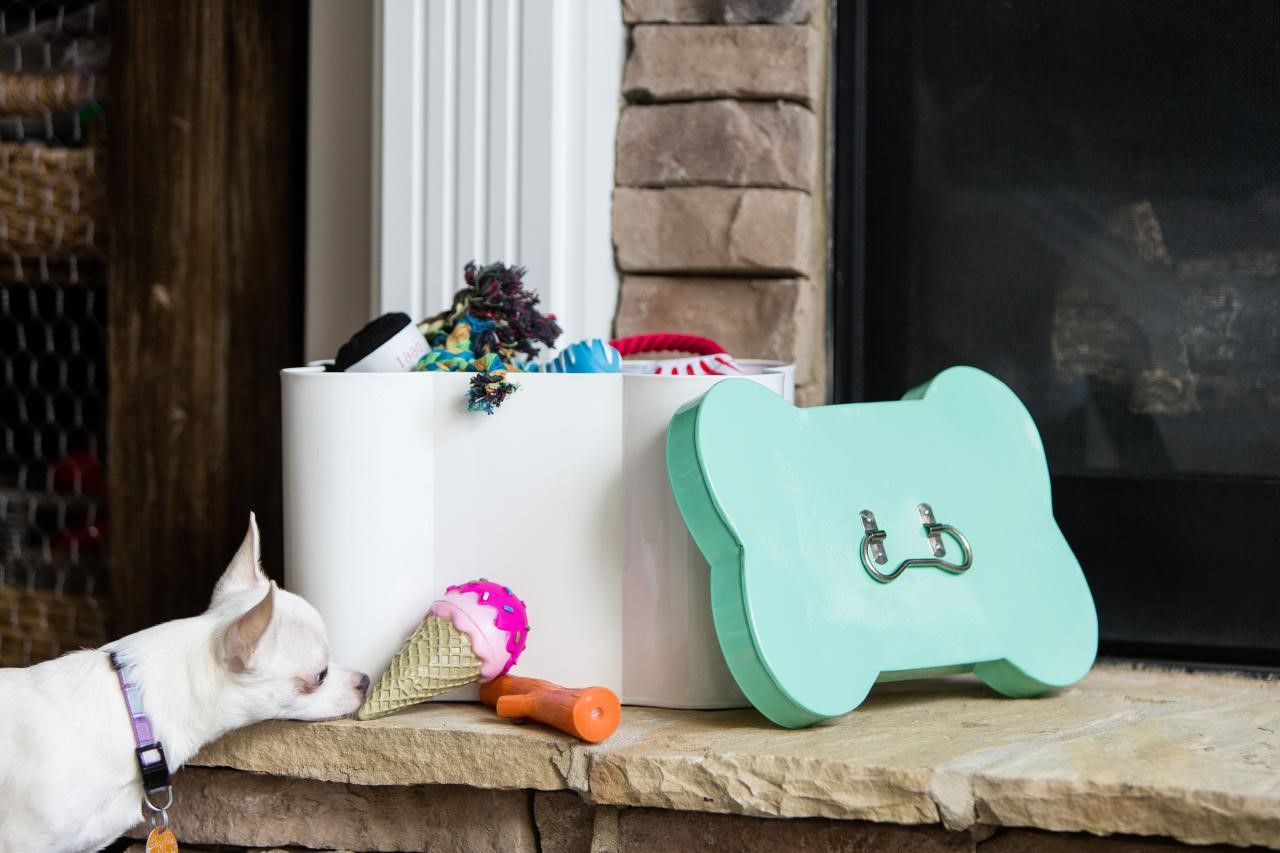
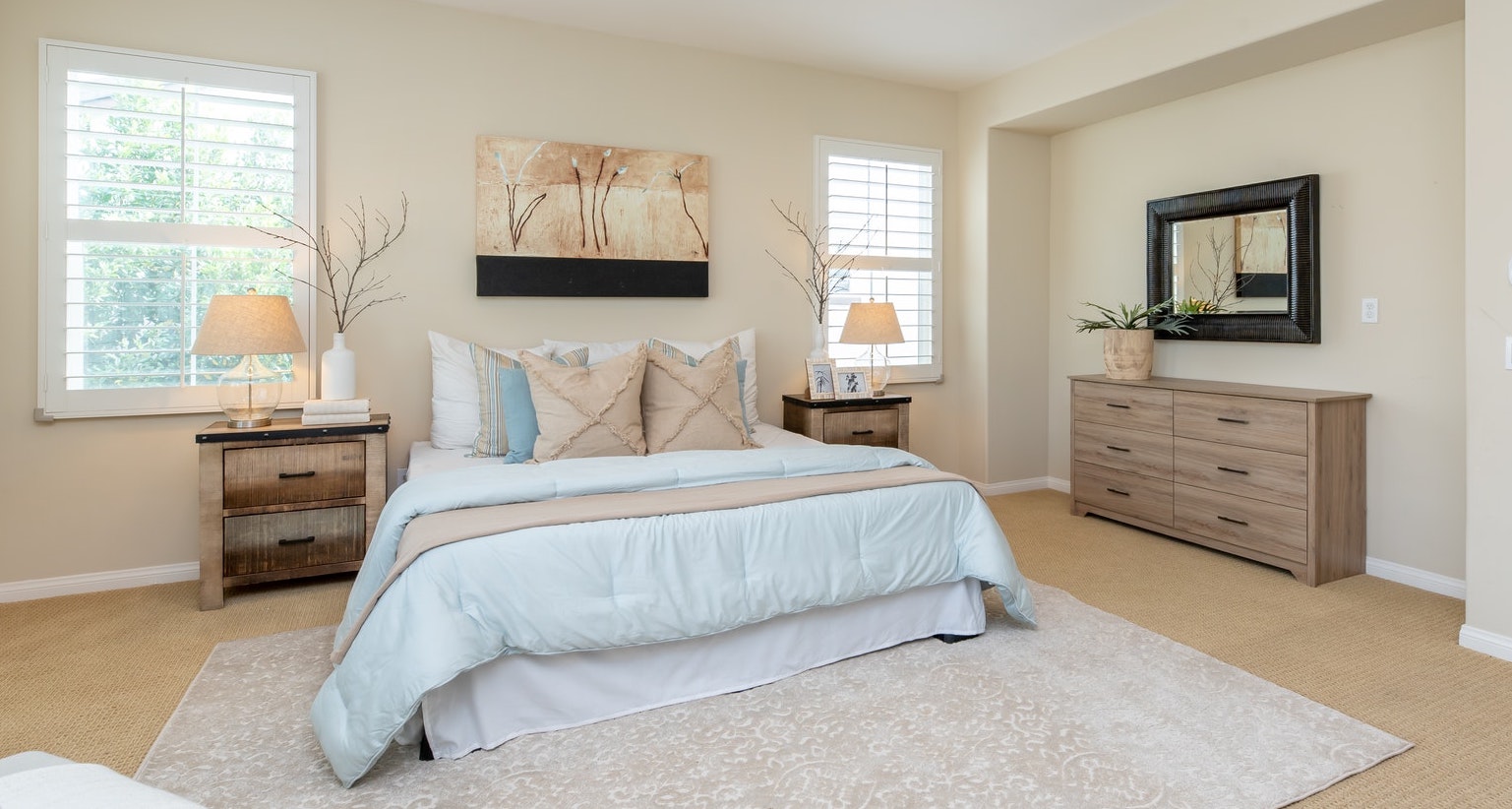
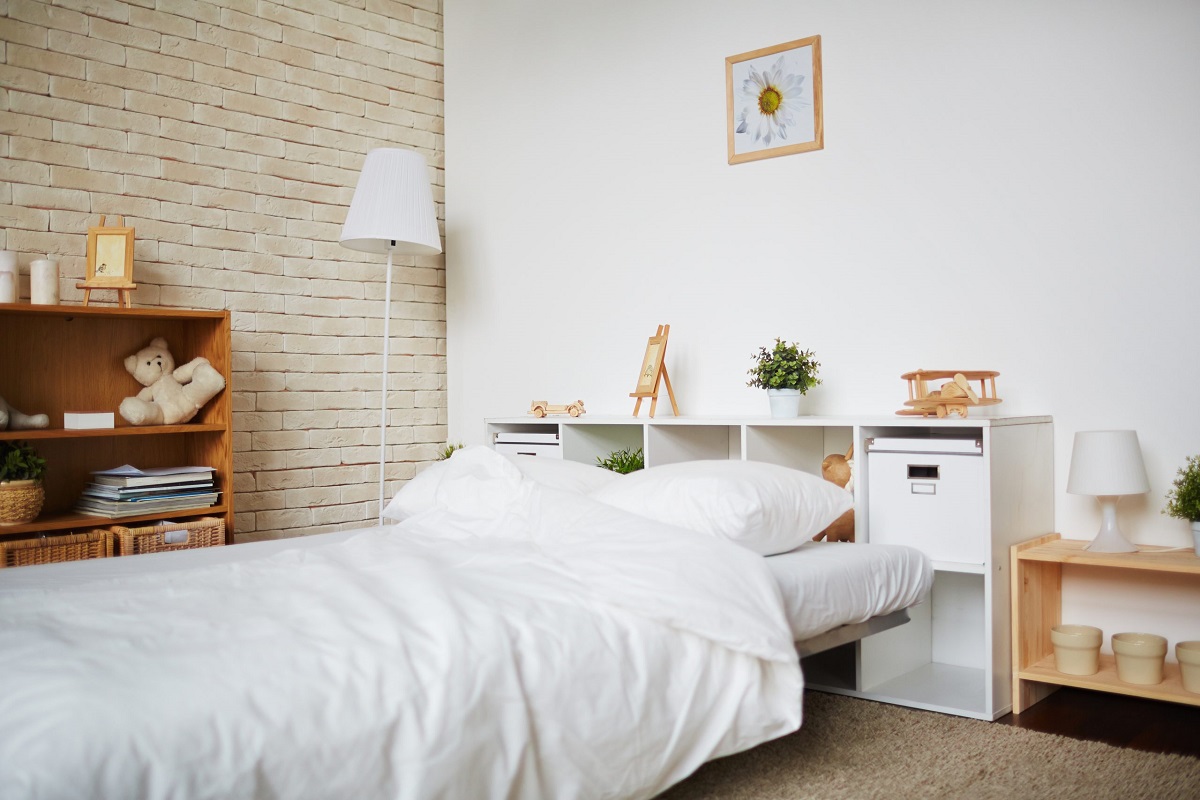
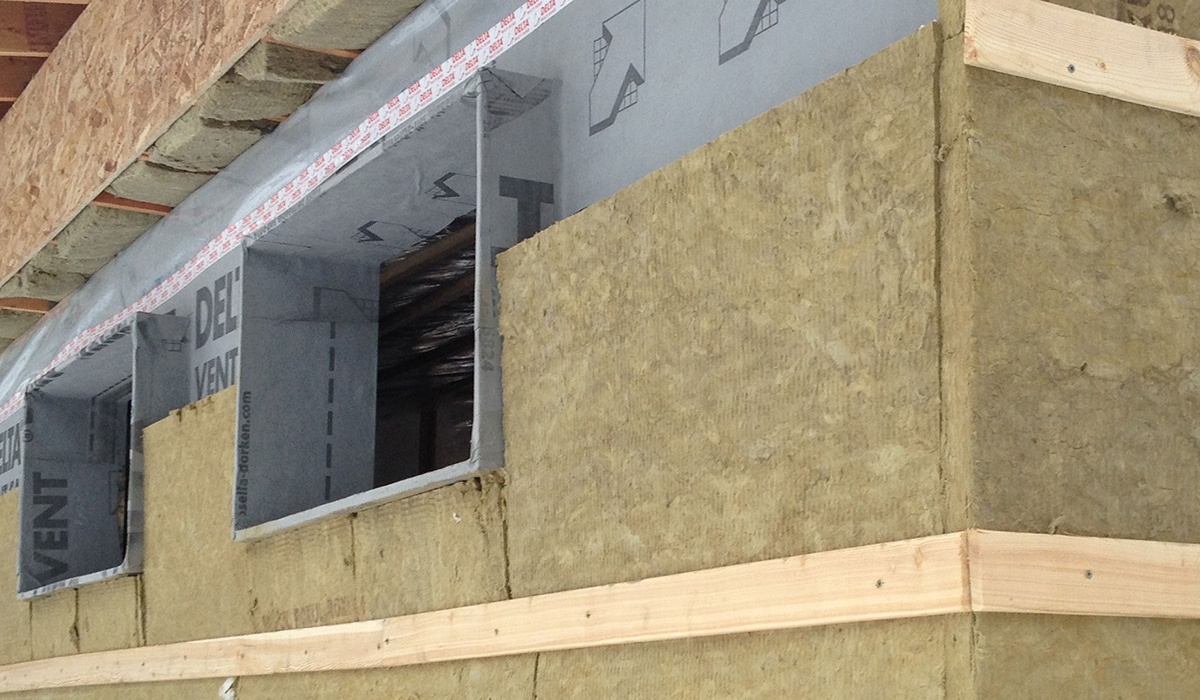
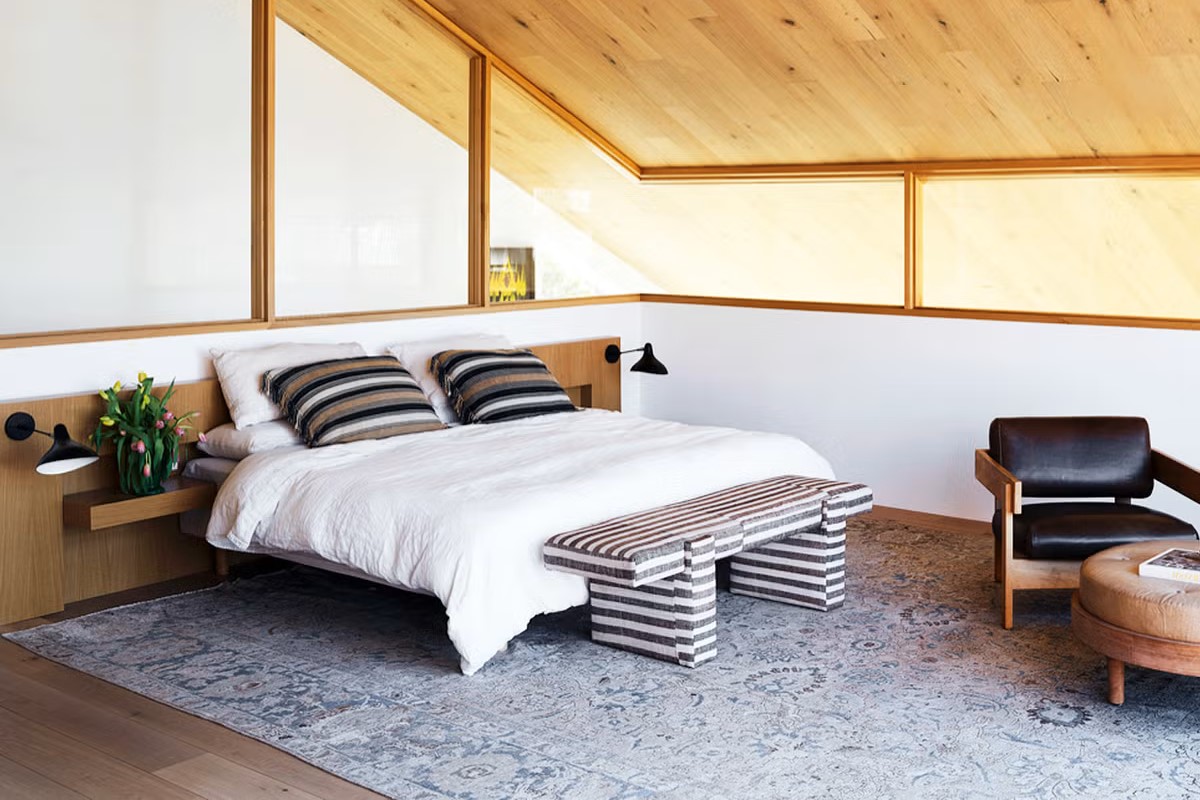
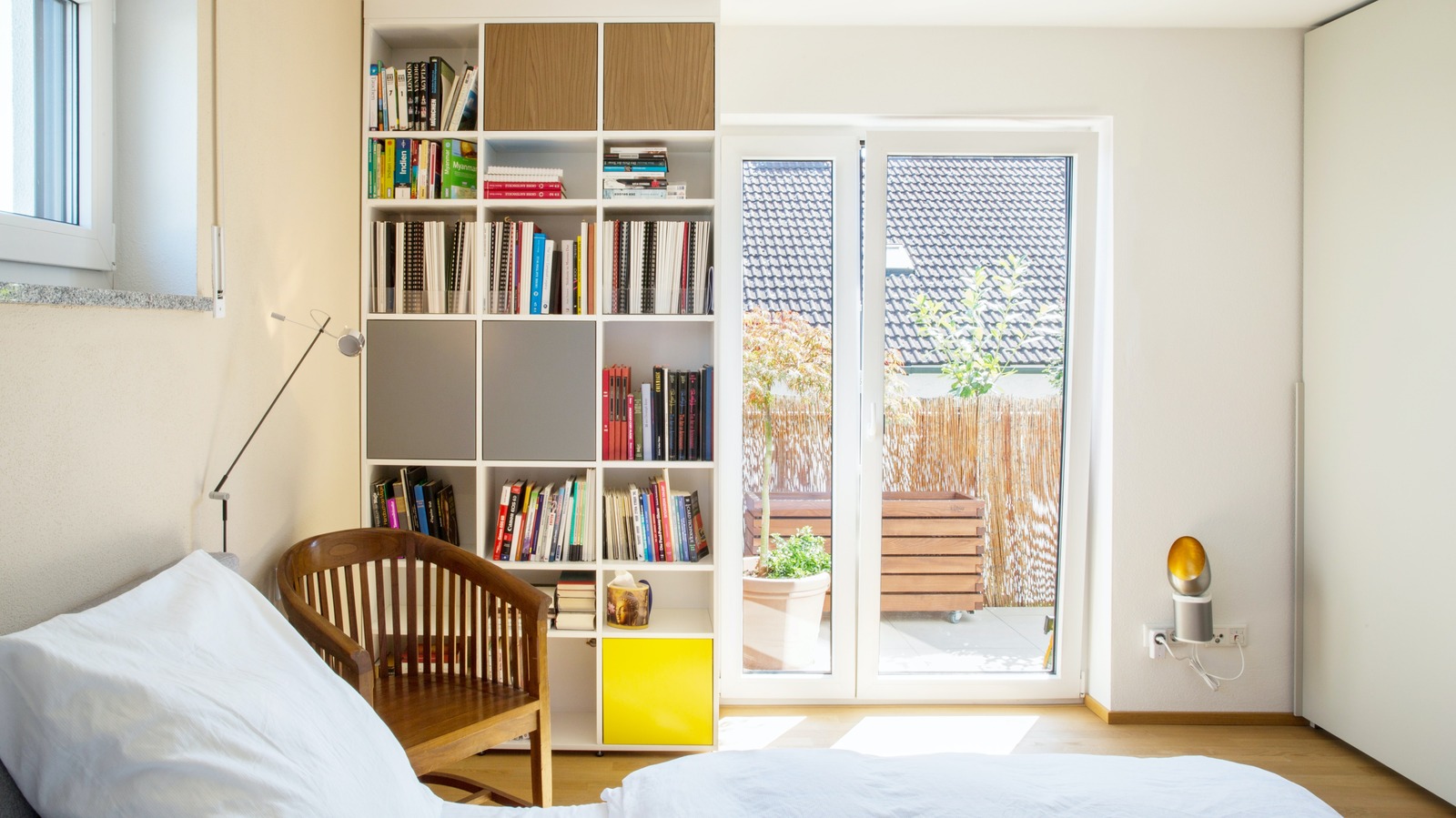
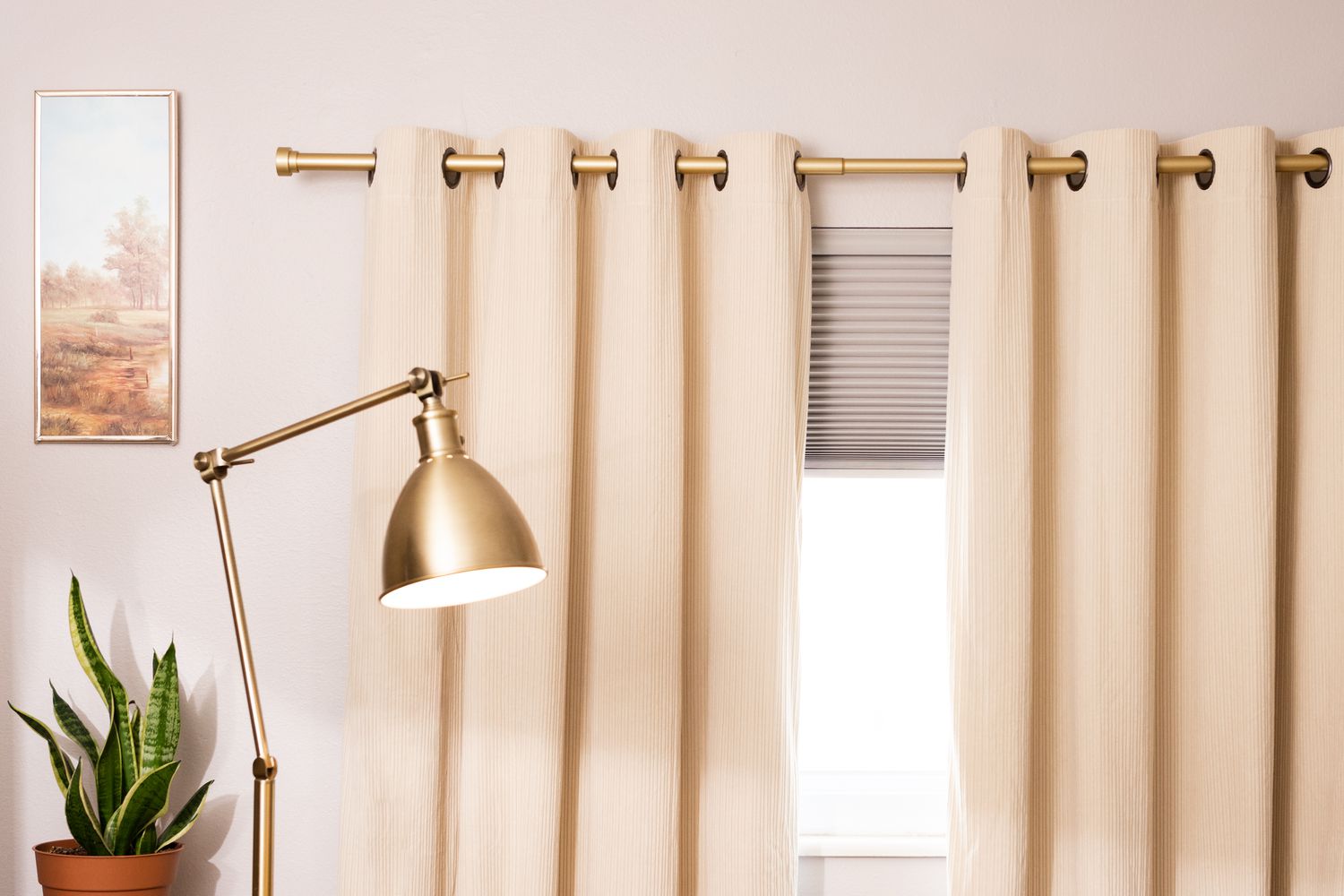
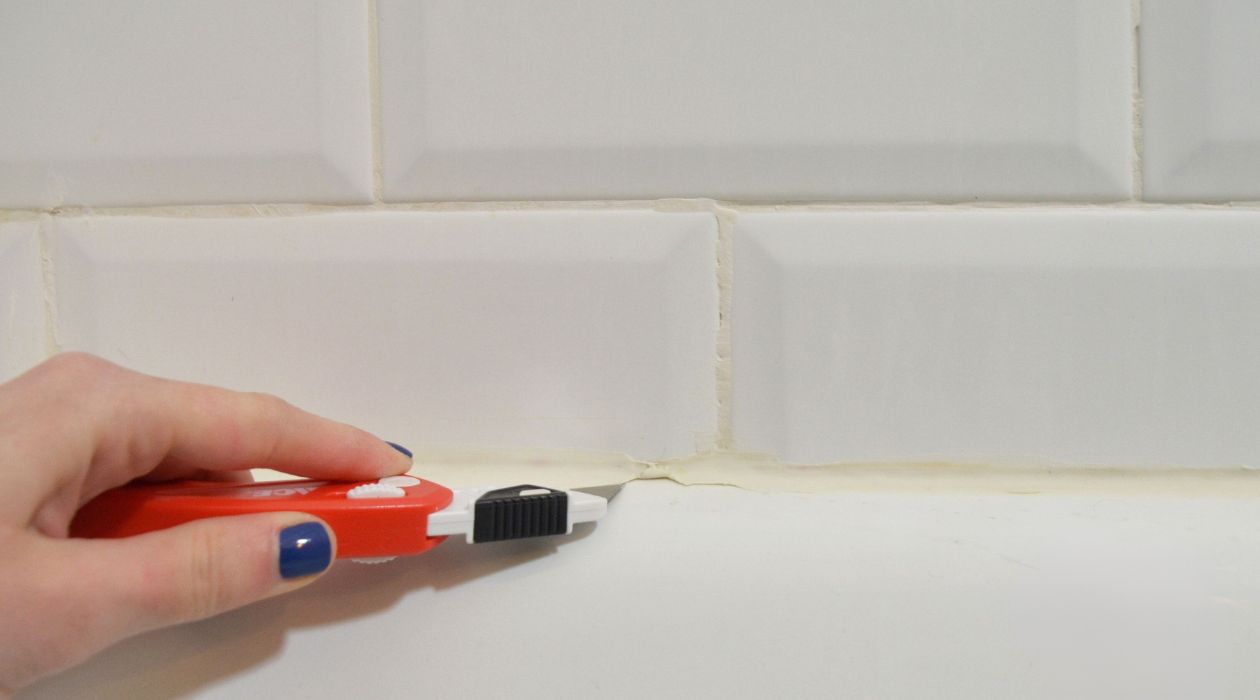
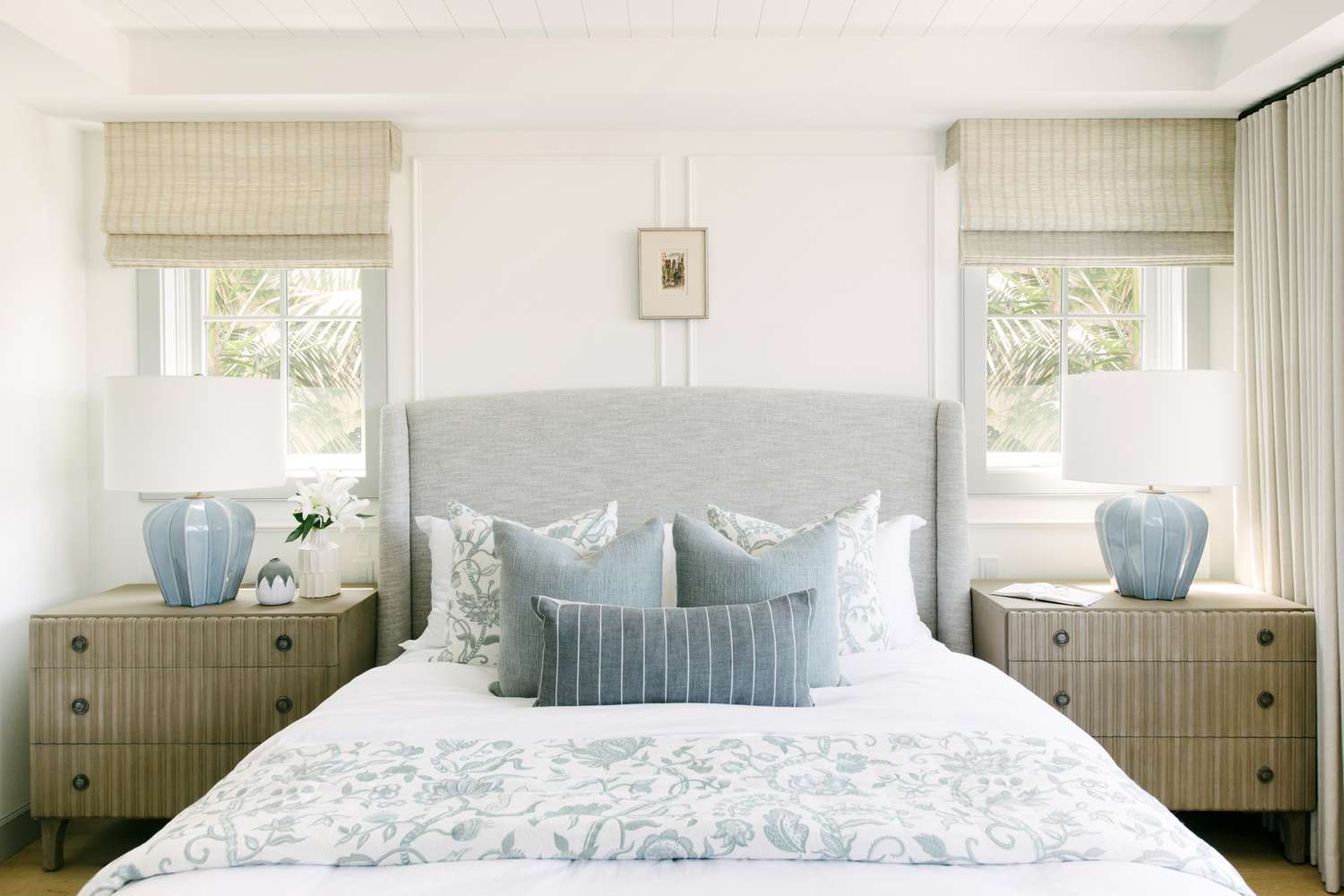
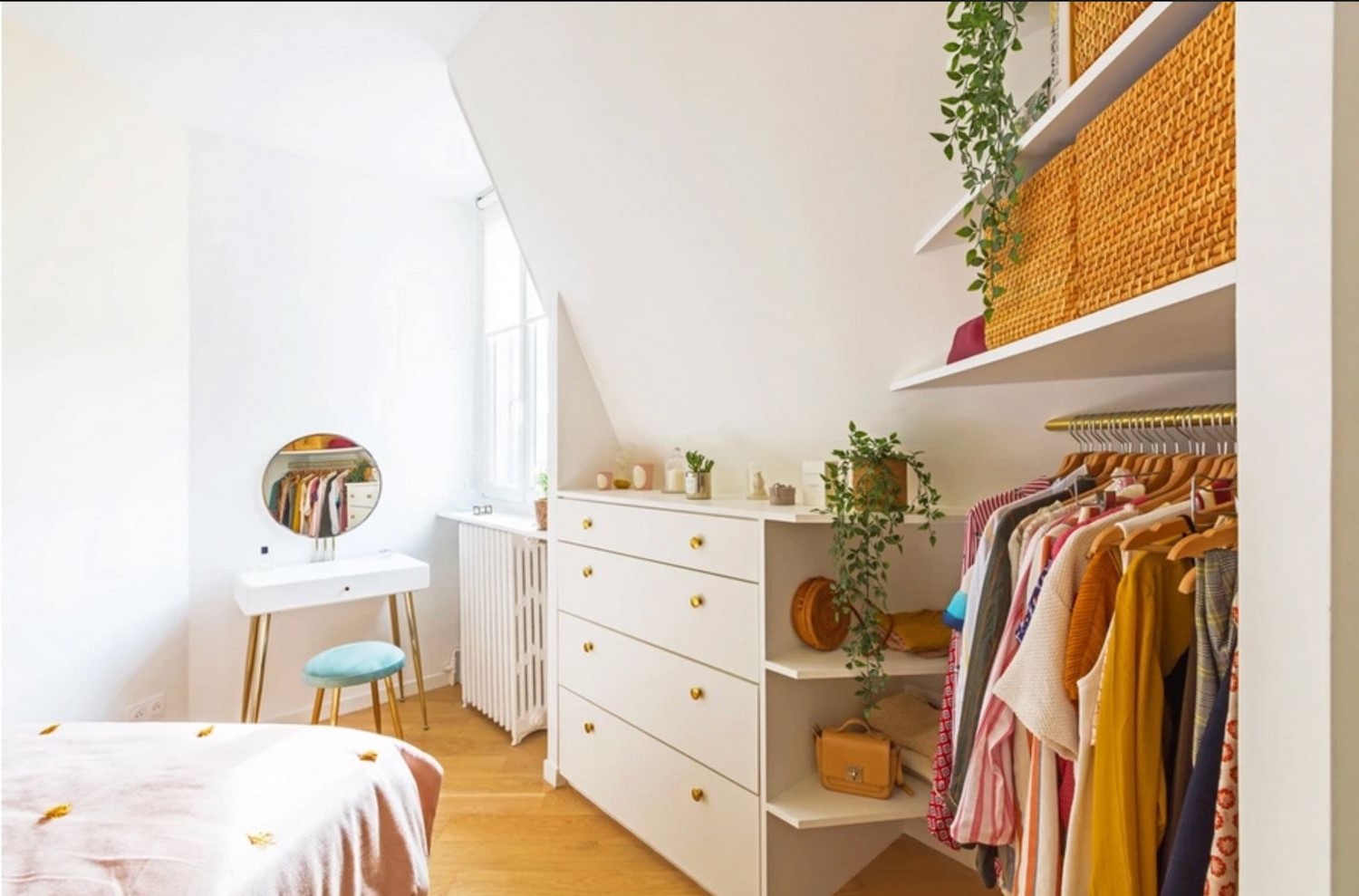



0 thoughts on “How To Organize A Bedroom With Too Much Stuff: 10 Easy Steps”